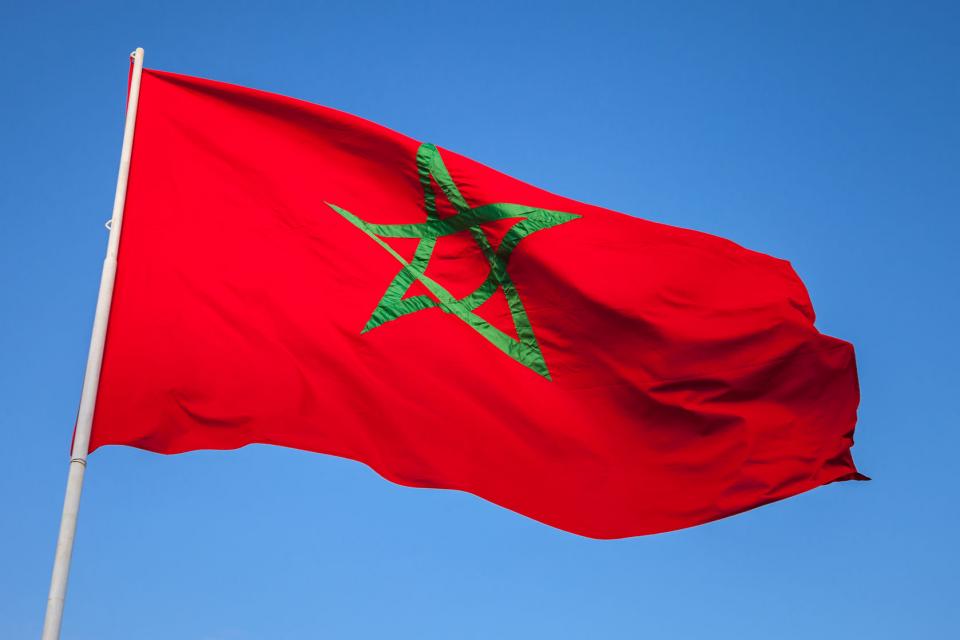Morocco’s draft budget for 2026 sets the stage for a major social and economic push, with a clear focus on job creation, public investment, and tax reform. Totaling 761.3 billion dirhams, the proposed budget reflects a 5.54% increase over the 721.32 billion dirhams allocated in 2025, underlining the government’s intent to accelerate growth while addressing social priorities.
The budget is distributed across several components: 527.65 billion dirhams for the general budget excluding medium- and long-term debt repayment, 1.99 billion for autonomously managed state services, 167.49 billion for special treasury accounts, and 64.17 billion dirhams dedicated to debt amortization.
One of the budget’s key features is the creation of 36,895 new public sector jobs under the general budget, with positions allocated primarily to the Interior, Health and Social Protection, and National Defense ministries. Additionally, another 19,000 posts are earmarked for regional education academies, aimed at recruiting new teachers to support the country’s growing educational needs.
Spending on personnel will rise significantly in 2026, reaching 195.33 billion dirhams—a jump of over 8% from the previous year. This increase is largely attributed to salary adjustments resulting from recent social dialogue agreements, along with the state’s growing contributions to social protection and pension systems, which will account for 26.2 billion dirhams.
In terms of public investment, the government plans to allocate 136.11 billion dirhams, up nearly 6% from 2025. When adding carryover funds (13 billion) and future commitment credits (79.51 billion), the total investment capacity for 2026 will reach 228.61 billion dirhams. The overall public investment—factoring in contributions from state-owned enterprises, the Mohammed VI Investment Fund, and local governments—is projected to surpass 380 billion dirhams.
On the revenue side, the government expects to bring in 712.55 billion dirhams in 2026, up 8.32% from the 657.8 billion in 2025. This includes 421.33 billion for the general budget (excluding borrowing), 1.99 billion for autonomous services, and 166.23 billion for special treasury accounts. Medium- and long-term borrowing is forecast at 123 billion dirhams.
Tax and customs duties remain the backbone of the government’s revenue stream, expected to generate nearly 380 billion dirhams. Additional sources include 27.5 billion from state-owned companies and monopolies, and 6 billion from privatization efforts.
The general budget balance—excluding debt service and borrowing—is projected at 107.58 billion dirhams for 2026, down from 126.37 billion in 2025. This brings financing needs to 48.74 billion dirhams, representing a 23% decrease from the previous year.
Several fiscal and customs-related measures are embedded in the 2026 draft law. Notable changes include doubling the import quota for live cattle to stabilize the red meat supply, postponing the introduction of fuel marking regulations until 2028, extending withholding taxes to professional rental income, and requiring importers to register transactions with local banks. The customs administration will also deploy drones and surveillance cameras, while blockchain technology will be integrated to boost transparency and traceability in trade.
Customs tariffs will see targeted adjustments: the duty on assembled photovoltaic cells will rise from 2.5% to 10%, duties on components for semi-automatic washing machines will be lowered, and updates will be made to the pharmaceutical products section of the tariff code.
Other tax adjustments include the expansion of withholding taxes on rental income, mandatory reporting of foreign capital income and gains, a new 2% registration fee on certain real estate transactions, and a VAT exemption for agricultural fertilizers and growing media. Investment-related tax exemptions are being aligned for both imported and locally sourced equipment.
Continuing efforts to strengthen social cohesion, the government plans to extend the solidarity contribution on profits and income through 2028. The state-backed housing assistance program will now also benefit co-owned property holders, with tighter controls on compliance. Mortgage release conditions will be clarified by future regulations.
Altogether, the 2026 budget outlines a broad and deliberate strategy—bolstering social spending, streamlining tax measures, and unlocking investment across multiple sectors to support a more inclusive and resilient economy.
